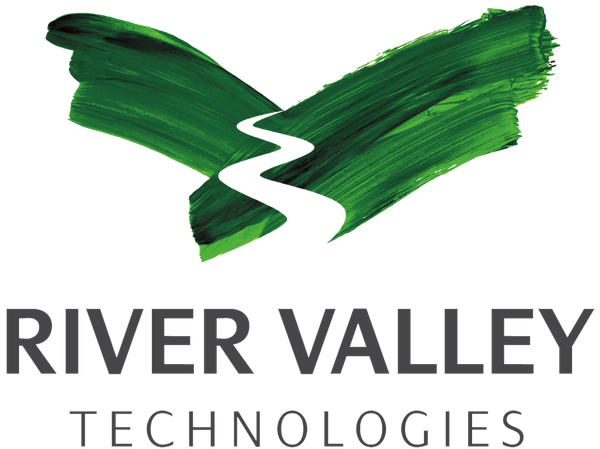This thesis describes artistic representation through pulsed holography. One of the prevalent practical problems in making holograms is object movement. Any movement of the object or film, including movement caused by acoustic vibration, has the same fatal results. One way of reducing the chance of movement is by ensuring that the exposure is very quick; using a pulsed laser can fulfill this objective.
The attractiveness of using pulsed laser is based on the variety of materials or objects that can be recorded (e.g., liquid material or instantaneous scene of a moving object). One of the most interesting points about pulsed holograms is that some reconstructed images present us with completely different views of the real world. For example, the holographic image of liquid material does not appear fluid; it looks like a piece of hard glass that would produce a sharp sound upon tapping. In everyday life, we are unfamiliar with such an instantaneous scene.
On the other hand, soft-textured materials such as a feather or wool differ from liquids when observed through holography. Using a pulsed hologram, we can sense the soft touch of the object or material with the help of realistic three-dimensional (3-D) images. The images allow us to realize the sense of touch in a way that resembles touching real objects.
I had the opportunity to use a pulsed ruby laser soon after I started to work in the field of holography in 1979. Since then, I have made pulsed holograms of activities, including pouring water, breaking eggs, blowing soap bubbles, and scattering feathers and popcorn. I have also created holographic art with materials and objects, such as silk fiber, fabric, balloons, glass, flowers, and even the human body. Whenever I create art, I like to present the spectator with a new experience in perception. Therefore, I would like to introduce my experimental artwork through those pulsed holograms.



